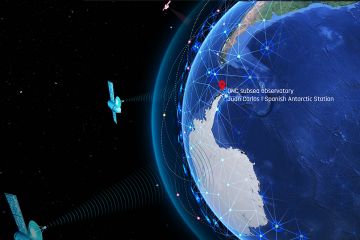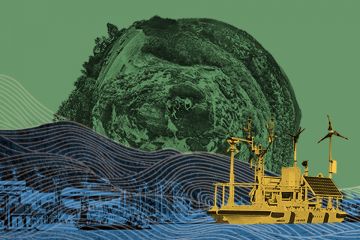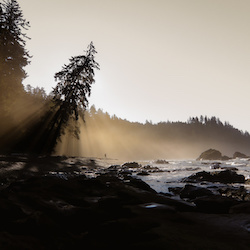Expert Q&A on community energy transitions
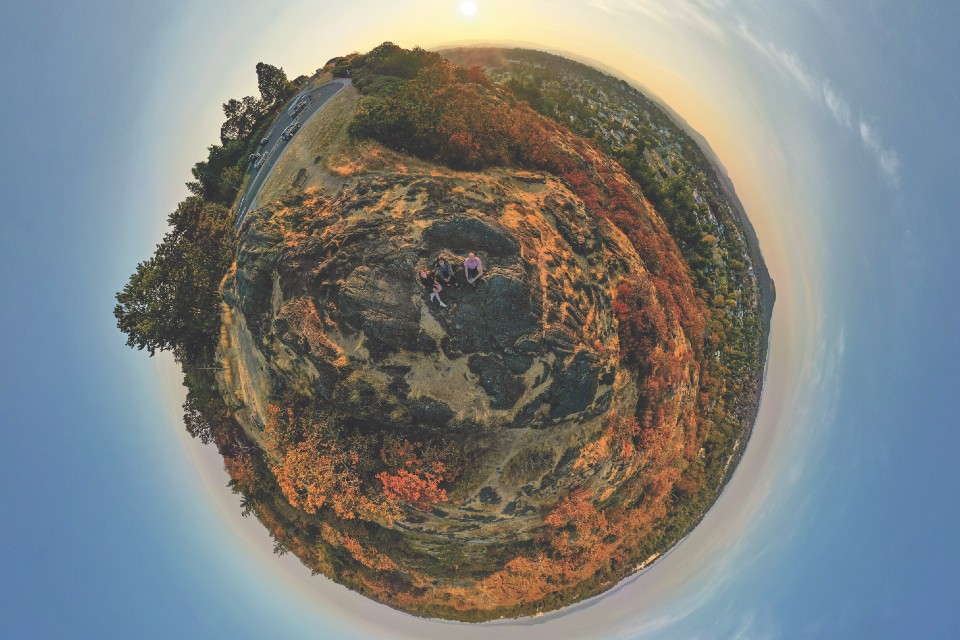
Climate change is contributing to the increasingly erratic weather events experienced in local communities, such as catastrophic flooding, hurricanes and heat dome events. While some communities aspire to take actions to mitigate climate change, others see themselves losing their unique identities and ways of life in a low-carbon future.
UVic is committed to advancing the United Nations Sustainable Development Goals (SDGs). We are ranked second in the world among universities for climate action in the 2022 assessment by the Times Higher Education Impact Rankings.
As the world watches the outcomes of COP27 this week, national governments are expected to continue setting high-level targets for emissions reductions, but the ongoing struggle to translate sectoral targets into specific actions on the ground is likely to continue.
Curran Crawford, director of the Institute for Integrated Energy Systems at the University of Victoria (IESVic), and his research colleagues are joining forces to bridge the gap in clean energy transitions for communities.
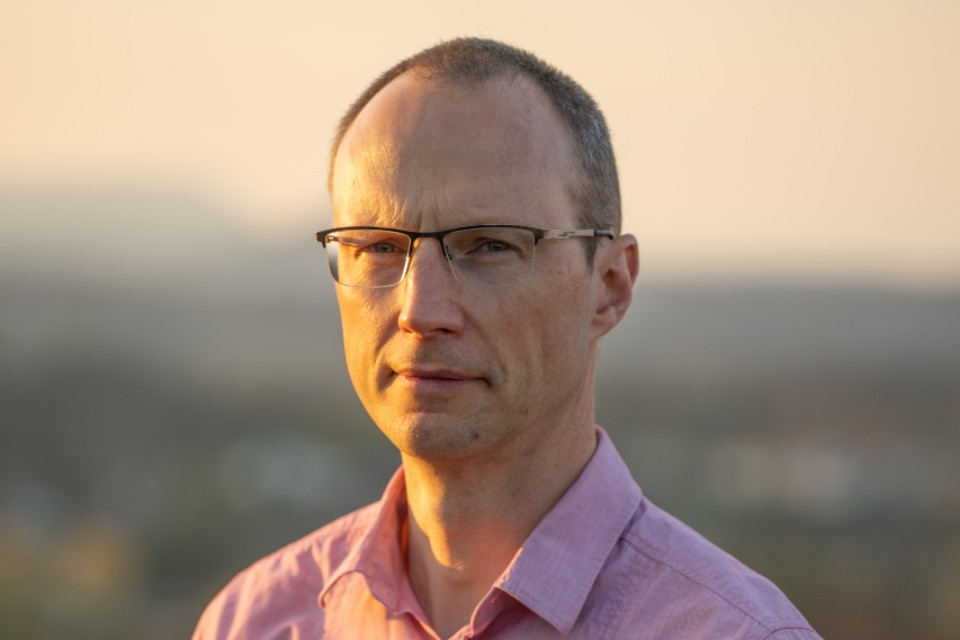
Crawford. Credit: Armando Tura
Q What is the major gap between high-level climate policy and the reality of communities?
A. Globally, we fall short of the pledges required to ensure a livable future for our children’s children, much less the concrete policy actions to achieve national targets as made clear by the latest Emissions Gap Report 2022 by the UN Environment Program.
Provincial and territorial governments operate between national and local community governance structures, with various responsibilities and coordinating actions. They similarly set high-level climate action targets, or resist action, caught between higher level government edicts and local resident sentiments.
Q What role does research have to play in bridging this gap?
A. Our universities are home to researchers and educators across the climate change space. We educate the next generation of workers and leaders, ensuring their well-rounded knowledge of the complex issues at play in climate mitigation and adaptation. Our research spans the established science of climate change impacts, and the critically important solutions across the technological, societal, psychological, policy, economic and business realms.
Yet, universities are often misunderstood as ivory towers only interested in esoteric theoretical research or a basic education function divorced from real workplace skills requirements. This could not be further from the truth. We proudly advocate the impact of our researchers and educators to solve real-world issues, and develop innovative educational programs to graduate effective sustainability-minded future experts and leaders.
Q What are some examples?
A. For example, we are partnering with coastal First Nations and non-Indigenous communities to explore tidal and wave energy to displace their diesel usage in climate-resilient microgrids to unlock future economic opportunities for local citizens.
Q How does finance play a role?
A. We are working with industry to accelerate decarbonization, such as electrifying our ferry fleets on the BC coast and helping to pursue the vision of green shipping corridors. Innovative financing models are a key aspect of this research.
Through various projects with local municipalities on Vancouver Island, we are exploring what the energy transition looks like on the ground, across policy, transport fleet decarbonization and buildings. Comparative policy analysis is leveraging these local studies to tackle place-based transitions globally, where the rural-urban divide stymies action.
Q What about technology solutions?
A. Our technology developments are both innovating new devices and algorithms to reach deep emissions targets post 2030, such as the Solid Carbon project, but also how to better integrate and operate existing technologies to meet 2030 climate action goals.
Q How are policy-makers, researchers, community and industry working together?
A. With energy accounting for three-quarters of global GHG emissions, decarbonizing our energy systems is critical for each community if we are to meet global climate targets. UVic is leading the development of a new coordinated national project to accelerate community energy transitions, bringing together 10 Canadian research partners and 13 community partners, half of them First Nations. Our vision is to support each community in mapping their unique aspirations of the energy transition, advance them towards being able to leverage not only provincial and national funding, but also private investments to implement those visions at-scale, and then spread the insights gained across Canadian and global communities.
We’re all in this together. Immediate, well-informed climate actions are needed nationally and internationally.
Read this Globe and Mail story about UVic researchers.
-- 30 --
Photos
Media contacts
Curran Crawford (Dept. of Mechanical Engineering) at curranc@uvic.ca
Jennifer Kwan (University Communications + Marketing) at uvicnews@uvic.ca
In this story
Keywords: sustainable impact, climate action, community, Indigenous, international, sustainability, environment, climate, clean energy, research, interdisciplinary, climate action
People: Curran Crawford


